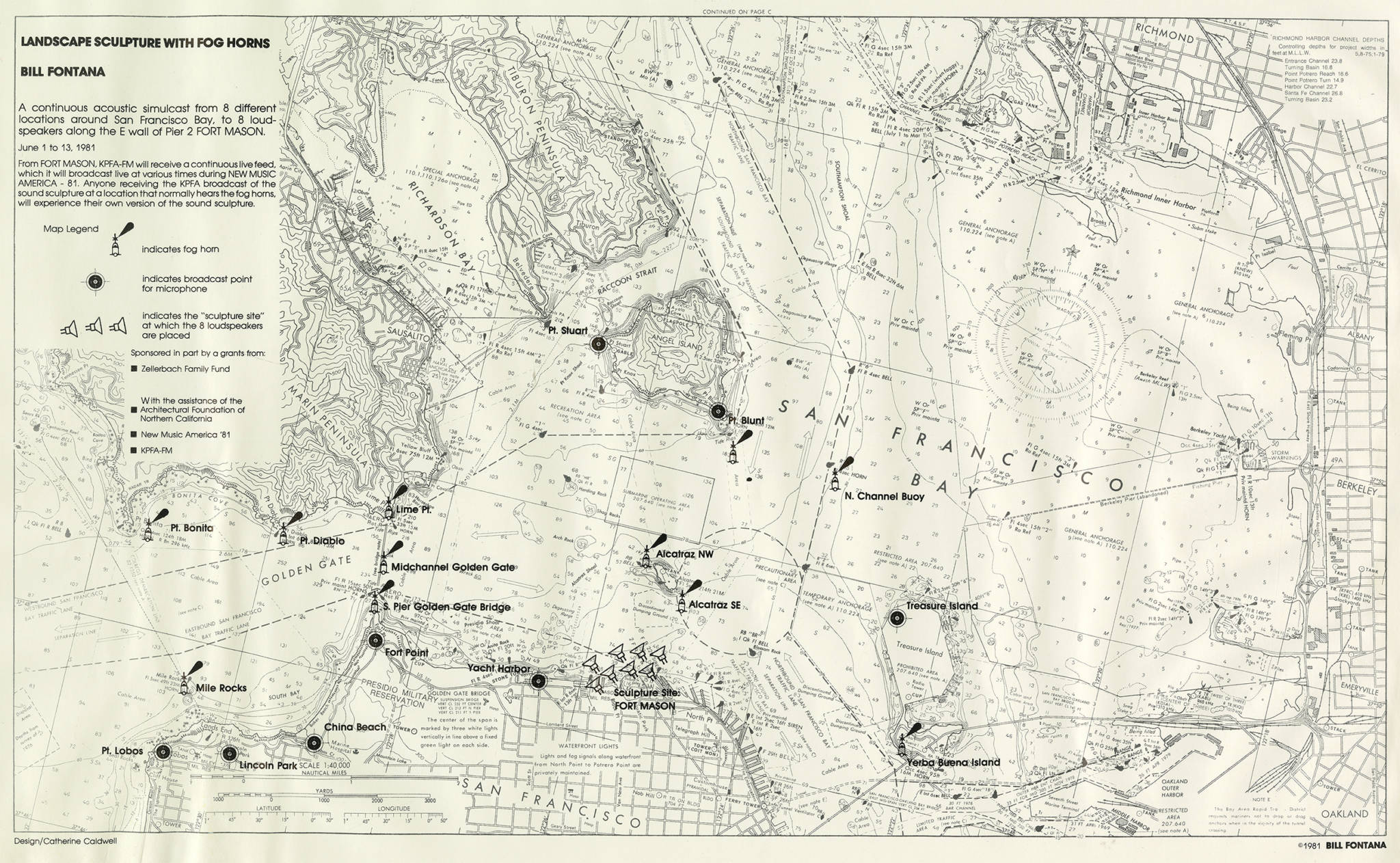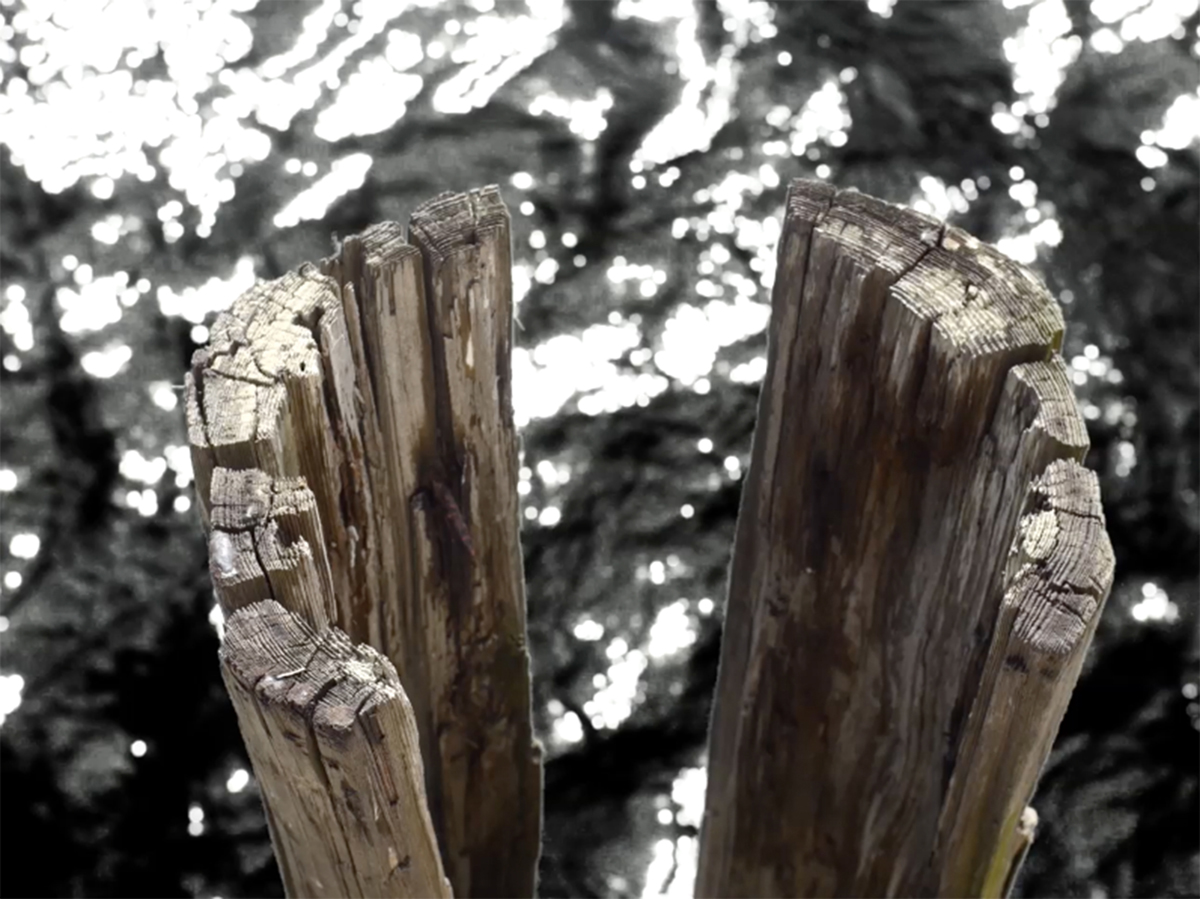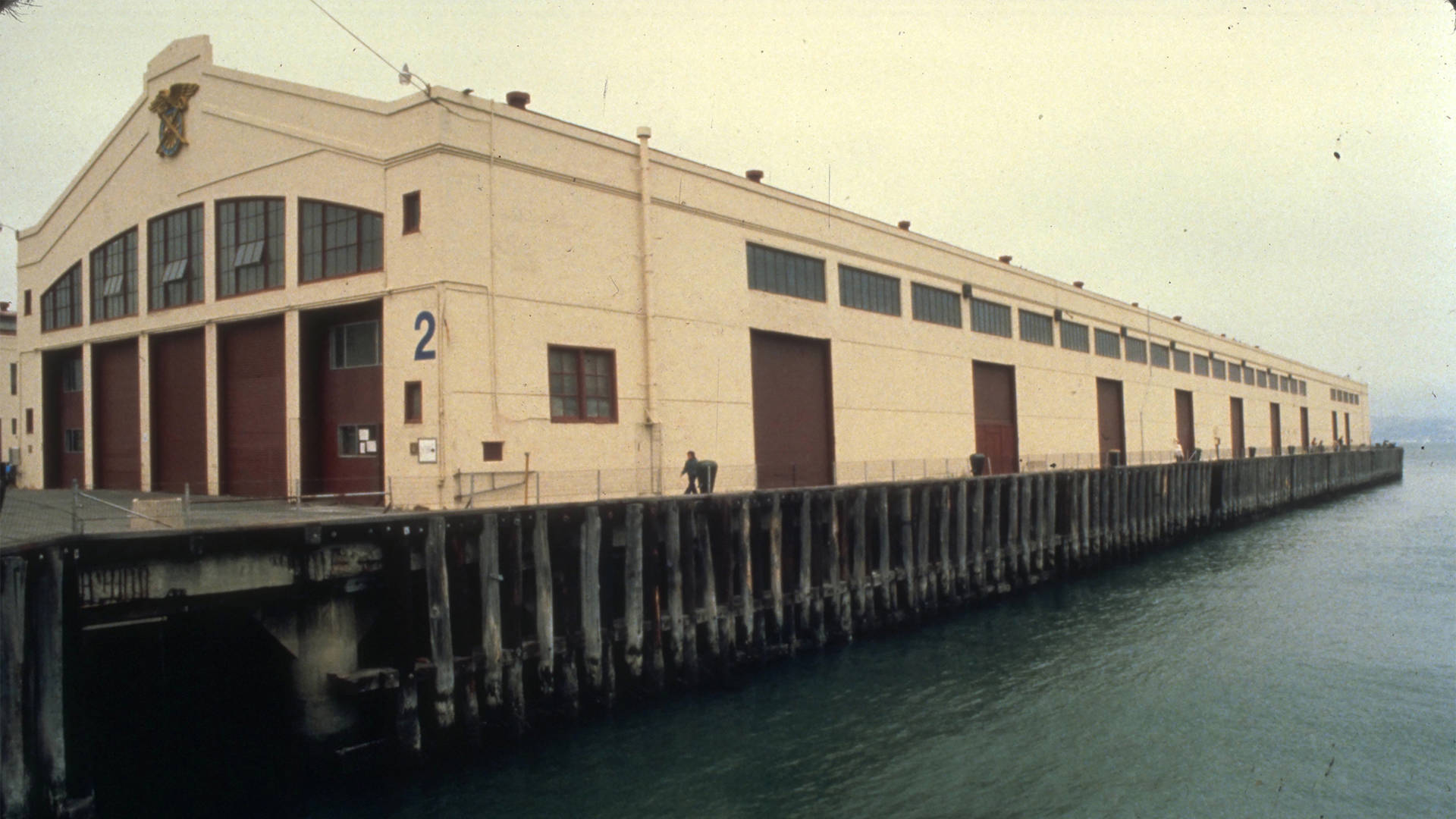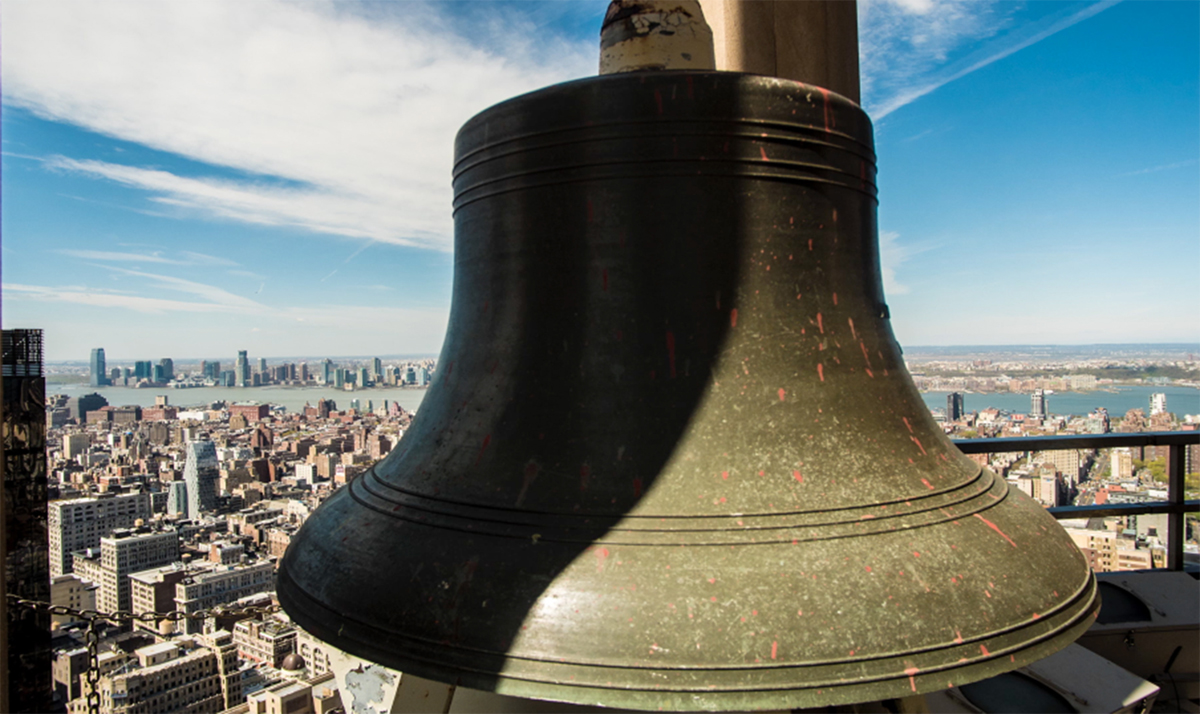It’s not every day you get to travel through time — but a carefully arranged group of audio speakers along the San Francisco waterfront allows visitors to do just that.
The centerpiece of Bill Fontana’s three-month-long installation at SFAI’s Fort Mason Campus, Landscape Sculpture with Foghorns, transports its audiences through time — but not space — to 1981. It was then that Fontana participated in the New Music America festival, a week-long gathering of experimental sound and music luminaries in the Bay Area.

During that festival, Brian Eno performed “Music for Museums” at the Berkeley Art Museum. Pauline Oliveros performed “Travelling Companions” in the Marx Meadow of Golden Gate Park. And Fontana, still early in his career as a composer and sound artist, installed eight microphones at points throughout the San Francisco Bay to pick up the sounds of foghorns in the foggy first weeks of June. (As much as the built landscape and demographics of San Francisco change, perhaps there is comfort in the fact that it will always be foggy in June.)
Landscape Sculpture with Foghorns was such a mammoth project — with microphones positioned on Treasure Island, Alcatraz, Angel Island, the Golden Gate Bridge, the Marin Headlands and elsewhere — that it attracted the attention of KQED, who partnered with Fontana to release a now sought-after long-playing LP of Fontana’s recordings of the bay.
For the current reinstallation, eight speakers mounted along the eastern wall of Pier 2 broadcast the same ambient sounds heard by listeners in 1981: wind, waves, foghorns, the occasional automobile and seagulls. Mingling with the nearly identical sounds of 2018, the only clue that Landscape Sculpture with Foghorns is temporally out of place is the fact that it can be heard on a perfectly sunny day.

Complementing this “sound sculpture” — as Fontana terms such work — is a group of video pieces inside SFAI’s exhibition space. Three screens play Space Voyage, studies of sound and moving image Fontana recently made around the Fort Mason waterfront. On one, a split pier piling moves hypnotically with the motion of the water beneath it, a glug-glug sound mingling with other watery noises. For those prone to motion sickness, gripping the cushioned bench provided may help.




